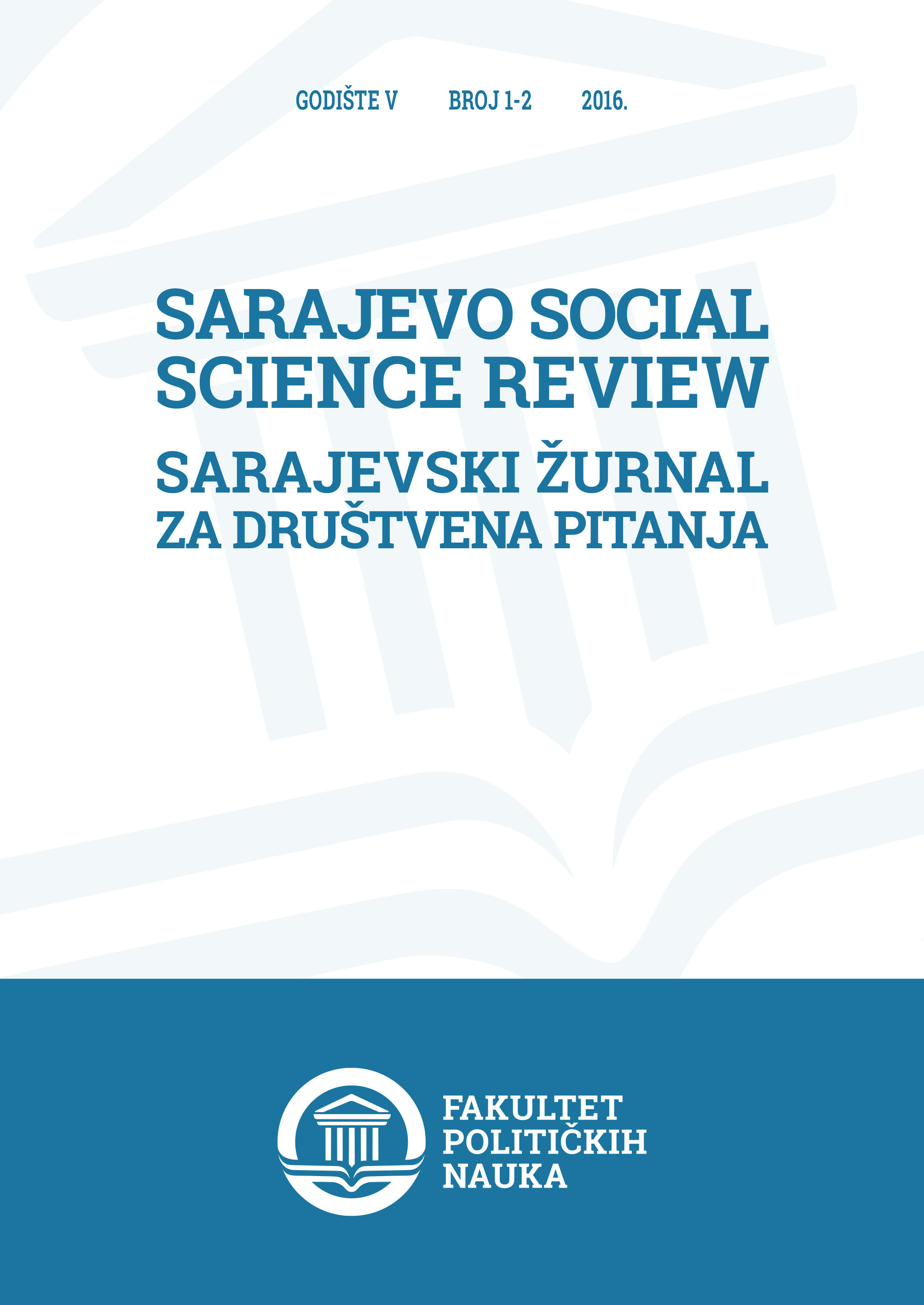New Security Paradigm and Crisis Management
New Security Paradigm and Crisis Management
Author(s): Siniša Tatalović, Dario MalnarSubject(s): Security and defense
Published by: Fakultet političkih nauka - Univerzitet u Sarajevu
Keywords: new security paradigm; security challenges; crisis management;
Summary/Abstract: The past twenty years or so have been a period of continuous and dynamic changes in the field of security in all aspects, from the character of threats to stakeholders and referent objects of security at both the national and the international level. On the one hand, these changes impose a continuous reconsideration and analysis of the evolution of the security paradigm, security challenges, risks, and vulnerabilities, and on the other hand, the definition of reference objects of security, the organization of security systems, security operations, the management of security challenges and crisis management. Security challenges, threats and risks are multidimensional and diverse in character, mutually determining with a wide range of stakeholders, characterized by changeable dynamics and content, and thus difficult to predict. A feature of a security paradigm is the continuous expansion of the range of referent objects, which strongly asserts the security of specific groups and individuals along with national and international security. There is almost no aspect of the social, national and international context that is not being securitized or cannot be securitized or raised as a security issue. Modern debates on security in such a broadened and deepened concept refer to threats such as terrorism, failed and unsuccessful states with undermined credibility of the state system, illegal migrations, proliferation of weapons of mass destruction, organized crime, as well as threats arising from demographic processes, economic conditions, unemployment and insolvency of the population, civil unrest and environmental safety, natural disasters, pandemics, technological disasters and cyber threats. In case of their realization, any of those threats could lead to significant disturbances in the functioning of national and international systems, material damage and casualties, and subsequently to the growth of crisis situations. Therefore, in order to eliminate and reduce the threat and potential consequences, security systems are continuously, conceptually and methodologically developed and enhanced. The identification of potential threats and early warning are enhanced, while prevention and efficient crisis response are enabled. The effects of a crisis are thus reduced and vital social functions kept in operation, with an ultimate elimination of consequences and the return to the original state of affairs. Within the framework of the paper titled “New security paradigm and crisis management”, which starts with a hypothesis that the security paradigm has evolved towards a total approach to security and organization of comprehensive, complementary and interdependent security systems based on the “all-hazards” doctrine during the past twenty years, the authors will analyze the model of a compatible system of flexible and modular definition of crisis management based on a collaborative partnership concept of the entities involved.
Journal: Sarajevski žurnal za društvena pitanja
- Issue Year: V/2016
- Issue No: 1-2
- Page Range: 53-70
- Page Count: 18
- Language: English

